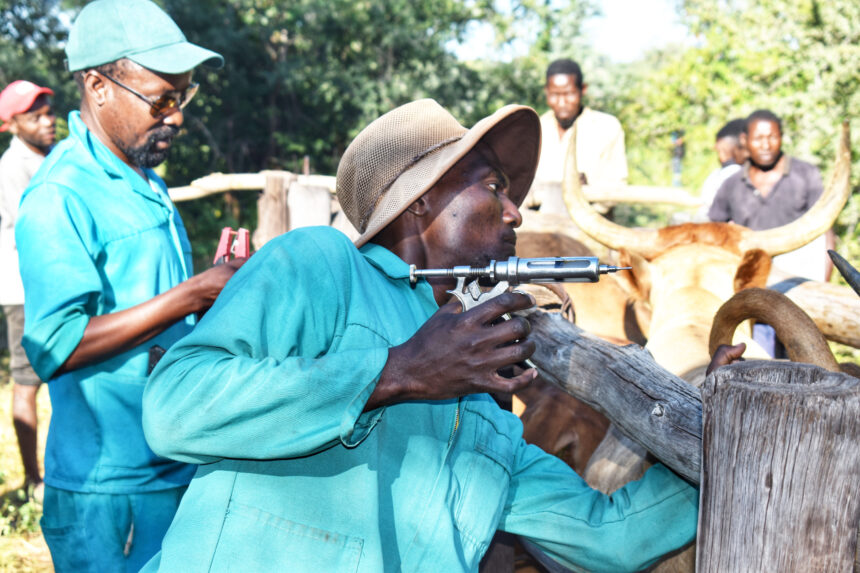Following the outbreak of the contagious Lumpy Skin disease in over nine regions, government, through the Directorate of Veterinary Services (DVS), has since moved with great speed to vaccinate over 29 000 cattle.
Despite the ongoing efforts to immunise affected cattle as wide as possible, more than 443 cattle have died from the disease since the first case was reported in the Okakarara constituency in June last year.
Multiple cases of the disease have been reported in the Omaheke, Kavango East, Kavango West, Zambezi, Ohangwena, Oshana, Oshikoto and Kunene regions, which amounts to a total of 1 564 reported clinical cases.
The disease is characterised by fever, nodules on the skin, mucous membranes and internal organs, emaciation, enlarged lymph nodes, oedema of the skin and sometimes death.
It affects cattle, and is transmitted through vectors (biting insects).
Lumpy Skin disease is of economic importance as it can cause a temporary reduction in milk production, temporary or permanent sterility in bulls, damage to hides and, occasionally, death.
Acting chief veterinary officer Johannes Shoopala shared that government has ramped up its vaccination campaign.
He said they have managed to reach most of the affected areas, especially the remote villages of the various regions.
“The DVS has successfully vaccinated 17 671 cattle in Otjombinde constituency under the Epukiro State Veterinary District. An additional 11 066 cattle were vaccinated in Okakarara, Otjituuo, Okondjatu and Okamatapati under Okakarara State Veterinary District,” said Shoopala.
He added that with effect from 13 March 2025, cattle movements from Okakarara, Grootfontein, Nkurenkuru, Ondangwa, Epukiro, Otjinene, Rundu, Eenhana, Katima Mulilo and Omuthiya State Veterinary Districts will be allowed, provided the cattle have been vaccinated at least 21 days before but not more than 12 months.
This, however, excludes animals destined for direct slaughter for clinically healthy cattle.
Shoopala shared that all cattle destined for export must be vaccinated at least 21 days, but not more than 12 months before export.
He cautioned that cattle showing clinical symptoms of the disease will not be permitted to move.
Those found with clinical signs during animal gatherings such as at auctions and related gatherings, will be isolated and sent back to their area of origin.
Shoopala said government will in the coming weeks acquire additional vaccines and further boost its vaccination campaign by reaching more areas with high infection rates.
– ohembapu@nepc.com.na


